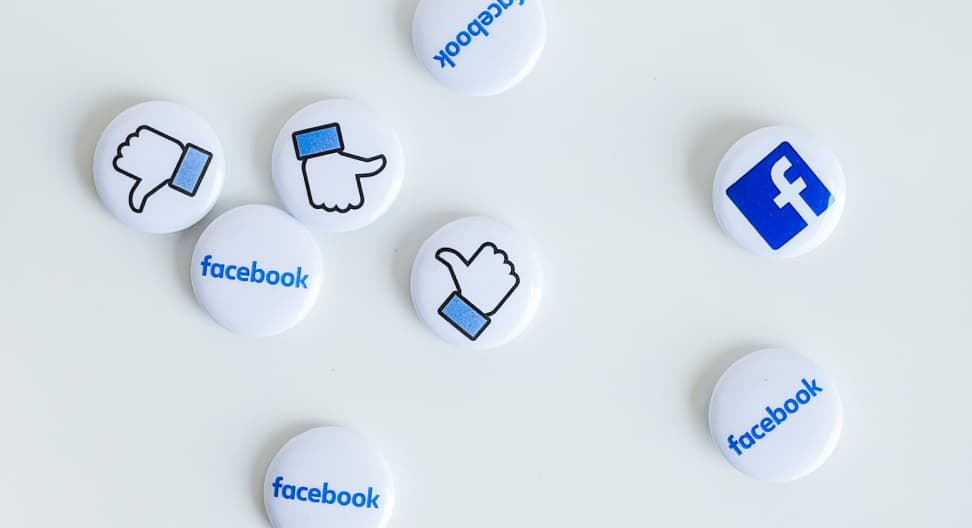When it comes to social media marketing it can seem like change is the name of the game. The past year has brought big changes to digital health brands tracking and measuring user behavior on Facebook.
In the wake of Apple’s iOS 14 user privacy update and Facebook’s sunsetting of its Detailed Targeting feature, some D2C digital health brand marketers question if continued investment in Facebook advertising is smart.
The short answer is “yes.” However, it’s not business as usual.
All of these changes aren’t a death sentence for your Facebook advertising strategy. There’s always opportunity in evolution, and savvy D2C digital health brands are poised to capture even more share of a competitive social media market.
By understanding the iOS 14 impact and Facebook’s new audience targeting policies you can identify creative responses your brand can take to counteract these changes for Facebook and beyond.
How Apple iOS 14 Impacts D2C Health Brand’s Facebook Ads
Apple’s iOS 14 update prompts iPhone users to grant permission for data collection by choosing either “Allow Tracking” or “Ask Apps Not to Track” when launching or updating an application.
While some users have, and continue to, opt-in to Facebook data tracking, an overwhelming number of the more than 113 million iPhone users in the United States now ask the app not to track their digital footprints. In fact, as much as 75% of iPhone users today do not allow Facebook to track their data for advertisers.
Digital marketing teams that rely on Facebook ads manager tools like Facebook Pixel to serve up hyper-relevant ads to the right audiences now have less ability to do so. For example: Consider a direct-to-consumer health brand selling a men’s hair loss product with a proven record of winning five sales from spending $50 on relevant retargeting ads. Without the ability to use data collection and find targeted customers on Facebook, the same company may now only win two sales when spending the same amount of money. That is a 250% increase in ad spend for the same amount of business.
Such scenarios make it more difficult for digital health brands to justify continued investment in Facebook advertising, especially when the platform itself has also passed recent policies that make health targeting more challenging.
Facebook Advertising is a Rapidly Changing and Challenging Channel for D2C Health Brands
Facebook also passed a slew of regulations that directly impact health marketers in January 2022. Under these new guidelines, the platform no longer permits ad targeting based on sensitive topics.
These changes limit conversion opportunities for users who have engaged with content linked to specific health conditions such as “chemotherapy,” “World Women’s Health Day,” “hepatitis awareness,” or any other number of health-related topics. Facebook advertising’s removal of Detailed Targeting around sensitive topics is just the latest of the platform’s policies that impact digital healthcare brands’ ability to find and connect with patients.
Last year Facebook also banned the promotion of any prescription drugs on its platforms without prior authorization. Under this policy, Facebook requires telehealth providers to present written certification from Legitscript, a third party certification provider, prior to promoting prescription drugs or online pharmacies on its platform.
Both policies illustrate how quickly Facebook’s ad environment can and is changing — a reminder that health marketers who utilize Facebook’s audience and targeting tools must remain agile and able to pivot quickly.
Why Facebook Advertising is Still Key For Your Digital Health Brand
Remember, Apple’s crackdown on in-app tracking only affects applications on Apple products. As of today, Android maintains its position as the leading mobile operating system in the world, claiming close to 70% of the global OS market. In the United States Android holds 42% of the market, compared to Apple’s 57%, but the fact that many of your patients are on Android devices remains.
Those same patients are also on Facebook. Some researchers report that 80% of all internet users today use Facebook, with the average person spending 40 minutes per day on the platform. Even 65% of adults over the age of 65 use it regularly. Despite the new hurdles of the platform’s policies, the power of reaching your patients where they are in the moments that matter remains.
How Successful D2C Digital Health Brands Maximize Their Facebook Ads
There are several techniques to keep in mind as you adjust your Facebook advertising strategy and budget.
Cast a Wider Targeting Net
With less ability to rely on pixel targeting, you must consider your patients’ activities more broadly. Before iOS 14, you could target users based on individual interests. Now try stacking interests in order to give Facebook’s algorithms more to work with. Set your Targeting Expansion option to “on.”
Create Custom Lookalike Lists vs. Pixel Lists
While you may no longer be able to effectively rely on pixel tracking lists for your Facebook retargeting strategies, you can make anonymized custom audience lists to find Facebook users that resemble those patients you are already helping. In fact, a recent study from Meta and Publicis Health Media found that lookalike audiences actually outperform health-topic audiences.
Utilize UTM Tags
UTM tags can be easily added to the destination URLS of your ads. UTM tags provide a simple but effective way of tracking your conversions without relying on iPhone users opting in to data sharing.
Leverage Creative Content
Users come to Facebook to see pictures and videos from their friends and family — and the best performing Facebook ads are those that closely resemble user-generated content,Therefore, loud, slick digital ads feel out of place and intrusive. Ads that look natural and personal blend in and perform better.
Write Compliant Ad Copy
Be aware of Facebook’s personal attributes policy and keep your ad copy compliant. Facebook uses artificial intelligence software for initial ad approval. Because there is no human scrutiny involved, you can be more creative while still adhering to Facebook standards. Experienced social media marketers who understand the system can produce copy that skirts the policy’s restrictions and generates more engagement.
Choose Achievable Goals
There are some business outcomes that Facebook’s platform simply is not geared for. Knowing the difference between achievable and unachievable goals is paramount to building your Facebook strategy. Mapping your business goals to touchpoints along your sales funnel is the best way to show ROI of your Facebook ads. Metrics like click through rate (CTR) and cost per thousand impressions (CPM) are important to map to the top of your funnel. Conversions will be the most important metrics at the bottom of your funnel.
Scale Your Ads with Expert Help
It can be difficult to keep up with the rapidly changing social media landscape. Facebook’s policy updates and iOS 14 emphasize how critical it is for D2C health brands to pivot quickly and creatively on their social media strategies. If you are unsure of how to proceed, reach out to expert digital marketing consultants for help strategizing, optimizing, and managing your campaigns.
Adaptation is Key to A Social Media Success for D2C Health Brands
Digital marketing requires the ability to adapt quickly to changing markets and ad environments. Brands that quickly and creatively embrace the changes Facebook advertising has undergone in the past year will be able to continue to connect with their patients and secure success.




